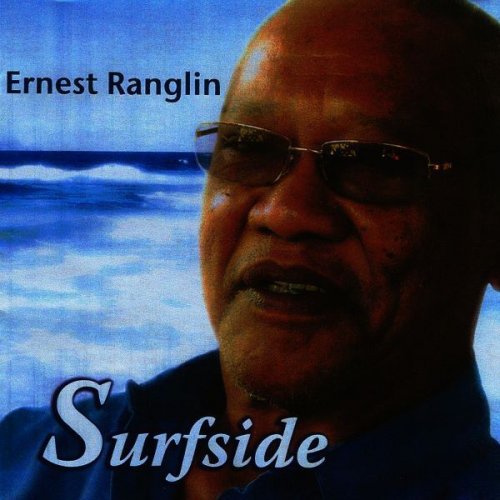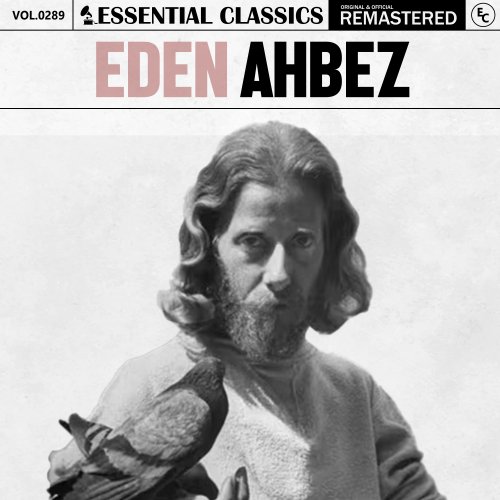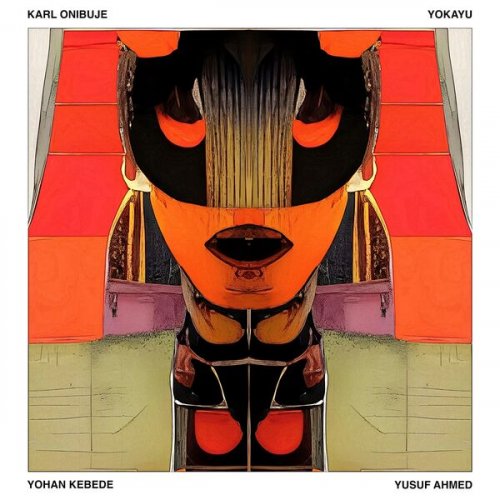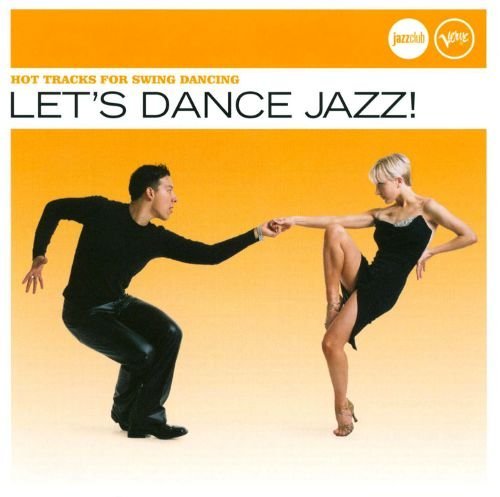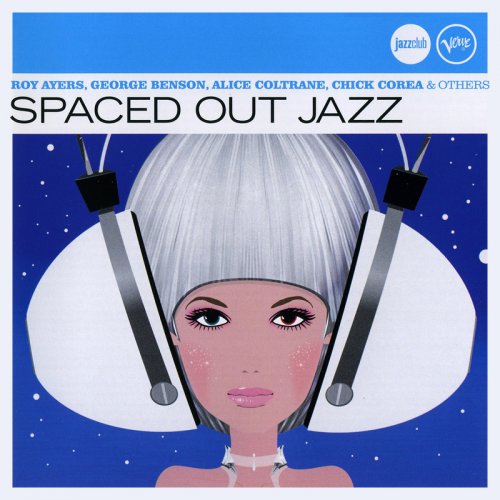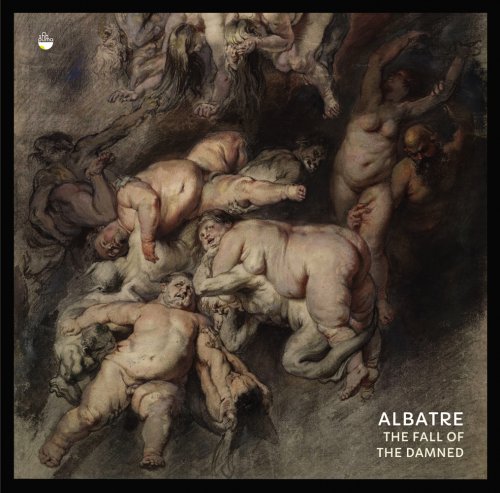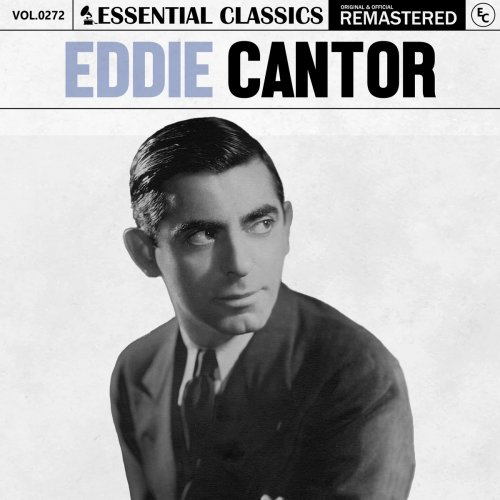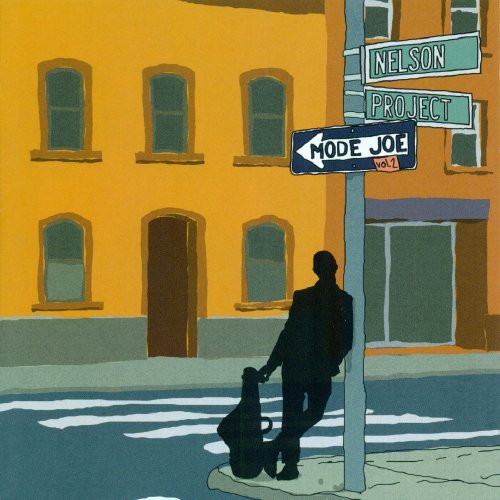Johannes Pieper, Philharmonie Südwestfalen, David Stern - Nicolai: Orchestral Works Vol. 2 (2009)
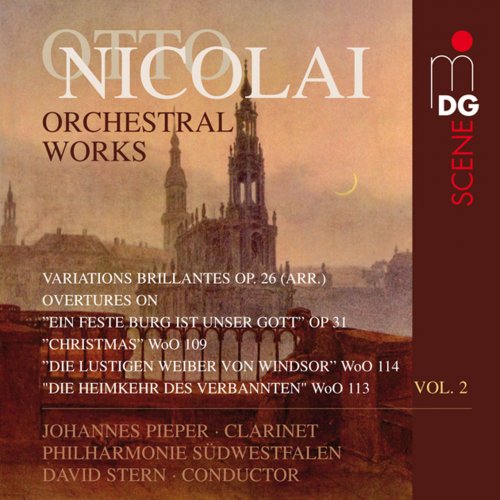
Artist: Johannes Pieper, Philharmonie Südwestfalen, David Stern
Title: Nicolai: Orchestral Works Vol. 2
Year Of Release: 2009
Label: MDG Scene
Genre: Classical
Quality: FLAC (tracks)
Total Time: 48:11
Total Size: 210 Mb
WebSite: Album Preview
Tracklist: Title: Nicolai: Orchestral Works Vol. 2
Year Of Release: 2009
Label: MDG Scene
Genre: Classical
Quality: FLAC (tracks)
Total Time: 48:11
Total Size: 210 Mb
WebSite: Album Preview
1. Kirchliche Fest-Ouvertüre über den Chroral "Ein feste Burg ist unser Gott", Op. 31 06:38
2. Variations brillantes, Op. 26, su motivi favoriti dell'opera (arr. for Clarinet Solo and Orchestra): La Sonnambula di Bellini 15:10
3. Die lustigen Weiber von Windsor, Woo 114: Overture 08:24
4. Die Heimkehr des Verbannten, Woo 113: Ouverture 07:57
5. Weihnachts-Ouvertüre, Woo 109 10:02
Performers:
Johannes Pieper
Philharmonie Südwestfalen
David Stern
Otto Nicolai is known to most listeners, at least outside Germany, for his opera Die lustigen Weiber von Windsor (The Merry Wives of Windsor), and among most of those specifically for the opera's sparkling overture. Nicolai, who died at age 39, wrote four other operas and various pieces of orchestral music as well; the latter has been collected in two volumes by the German audiophile label MDG, performed by the little-known and exquisitely confusingly named Southern Westphalian Philharmonic -- Orchestra of the Land of North Rhine--Westphalia (entirely capable, for all that). The program doesn't make perfect sense. The Variations brillantes, Op. 26, heard here are an operatic potpourri originally written for voice with horn, cello, or clarinet, with piano accompaniment; the voiceless clarinet-and-orchestra version heard here is not by Nicolai, but by an unknown arranger. It's pretty thin stuff, and the entire album clocks in at just over 48 minutes. With the variations left out, there would have been room for relevant music by other composers. This said, there are some finds here. The overture from Die Heimkehr des Verbannten (The Homecoming of the Exiles) is an attractive partner for the more famous Merry Wives of Windsor overture and ought to find a place more often on symphonic programs. Most interesting are two chorale-based pieces that must have exerted an influence on all the composers from Mendelssohn on down who tried to incorporate chorales into a Romantic symphonic language. Each includes a choral part (ably handled by the Evangelische Kantorei Siegen, one of Germany's consistently good regional choirs), but they're quite different from each other; the Kirchliche-Fest-Ouvertüre, Op. 31 (Church Festival Overture), is sort of a giant orchestral chorale prelude, with the chorale used throughout, while the Weinachts-Ouvertüre, WoO 109 (Christmas Overture), treats the chorale in a manner closer to Mendelssohn's Symphony No. 5, as a climactic device. This may be of most interest to those fascinated by the religious element in Romantic music, but, with the fine sound, most lovers of German orchestral music will find something to enjoy here.
